Industry information
Company News
- Hyperbolic aluminum veneer: a new luxury in aluminum materials and a unique choice for architectural aesthetics
- Hyperbolic aluminum veneer: a unique choice for future architectural art?
- Fluorocarbon aluminum veneer: the perfect combination of fashion and durability!
- Fluorocarbon aluminum veneer: the "fashionista" in the aluminum industry
- Fluorocarbon aluminum veneer: the "invisible suit" of the construction industry
Industry dynamics
- What climatic conditions is fluorocarbon aluminum veneer suitable for?
- The uniquely designed special-shaped perforated aluminum veneer makes the building more fashionable and personalized
- Professional customization of aluminum veneer ceiling to meet personalized needs
- Fluorocarbon aluminum veneer: the "fashionable coat" of modern architecture
- Application of Great Wall punched aluminum veneer in architectural decoration
Frequently asked questions
- What are the advantages of aluminum veneer compared to other building materials in modern architecture?
- Is there any restriction on the size customization of aluminum veneer?
- Is the production process of aluminum veneer environmentally friendly?
- What is the seismic performance of aluminum veneer in building exterior design?
- Can aluminum veneer be used for building insulation design?
contact us
Mobile:+86 15627778610
Email: 2201229786@qq.com
Address: No. 5 Binjiang Road, High tech Zone, Zhaoqing City, Guangdong Province
What is the ductility of aluminum veneer?
- Author: Jinba Aluminum Industry (Guangdong) Co., Ltd
- Release time: February 28, 2025 14:32:16
- Click:0
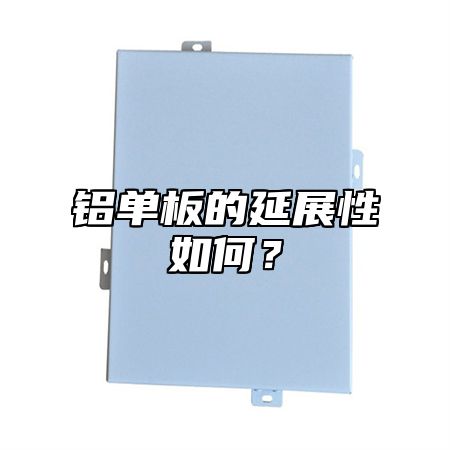
Aluminum veneerAs a new type of building material, its ductility has attracted much attention. Let's take a look at the ductility of aluminum veneer together.
The material of aluminum veneer has an impact on its ductility. Generally speaking, pure aluminum has weaker ductility, while some alloy materials, such as aluminum alloys, magnesium alloys, etc., have higher ductility. These alloy materials have added some special elements such as lithium, zirconium, copper, etc. during the manufacturing process, which can effectively improve their ductility.
The use and environment of aluminum veneer can also affect its ductility. For example, in humid areas or high humidity environments, aluminum veneer is susceptible to moisture erosion and corrosion, thereby reducing its ductility. When selecting aluminum veneer, it is necessary to consider and choose according to specific climate and environmental conditions to ensure that it can adapt to the local natural environment.
The ductility of aluminum veneer refers to its ability to deform under external forces. Under normal circumstances, aluminum veneer has good ductility and can withstand certain tensile or compressive forces without breaking or deforming. However, even beyond a certain degree, aluminum veneers will still fracture or deform.
To maximize the ductility of aluminum veneer, the following measures can be taken:
1. Fully consider the ductility requirements of aluminum veneer in the design and construction process, arrange its position and size reasonably, and avoid excessive pressure or tension that may cause fracture or deformation.
2. Before installing aluminum veneer, reserve holes or set up reinforcement structures to withstand and disperse forces when subjected to external impacts without affecting the overall stability of the building.
3. After installing the aluminum veneer, conduct regular inspections and maintenance to promptly identify and repair problems caused by insufficient extension.
The ductility of aluminum veneer is an important parameter that directly affects the durability of aluminum veneer and the overall stability of buildings. Through reasonable design and construction methods, as well as regular inspection and maintenance, the ductility of aluminum veneer can be maximized, making it more durable and reliable.

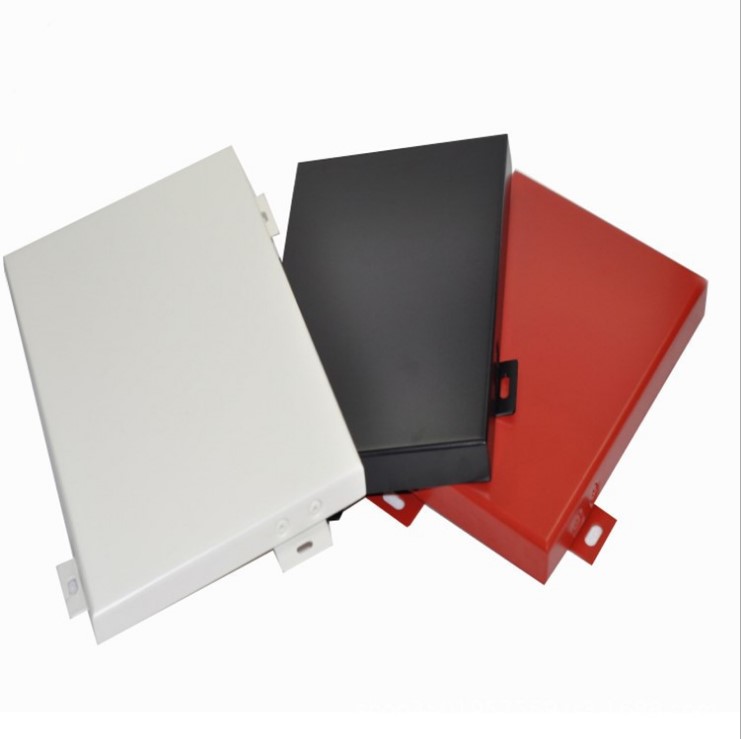
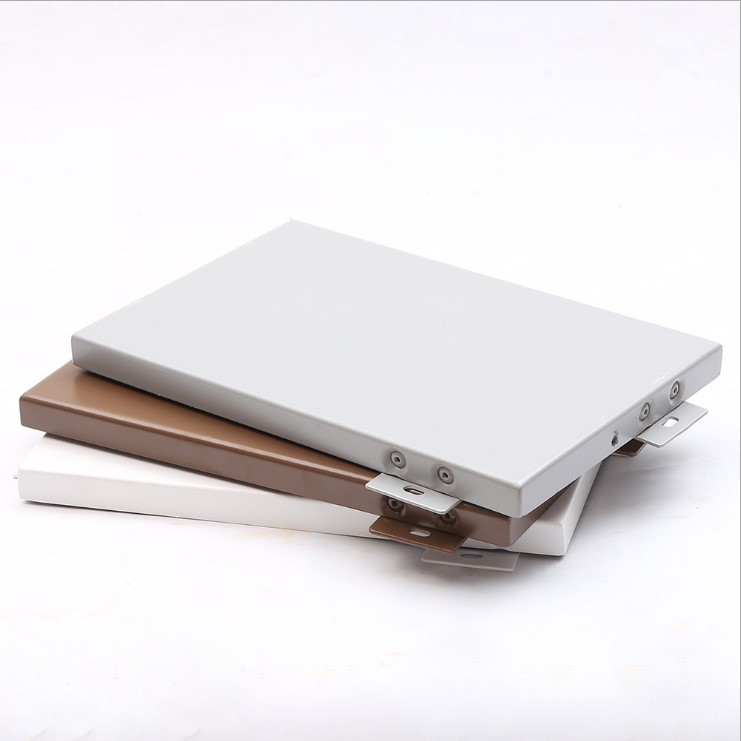
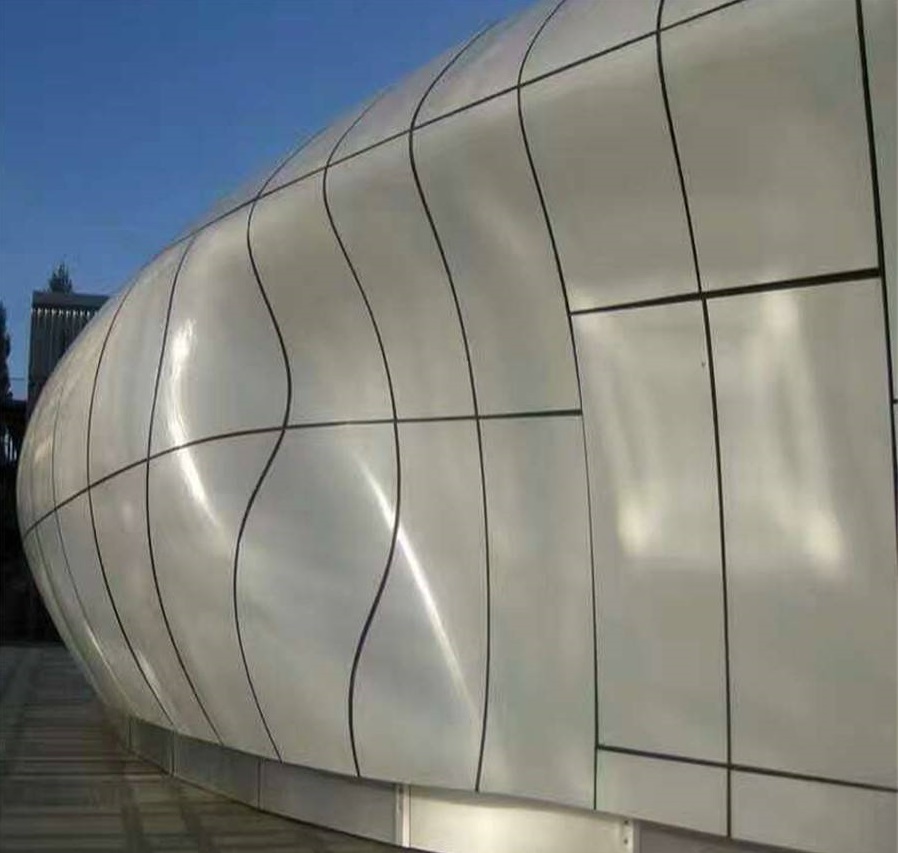
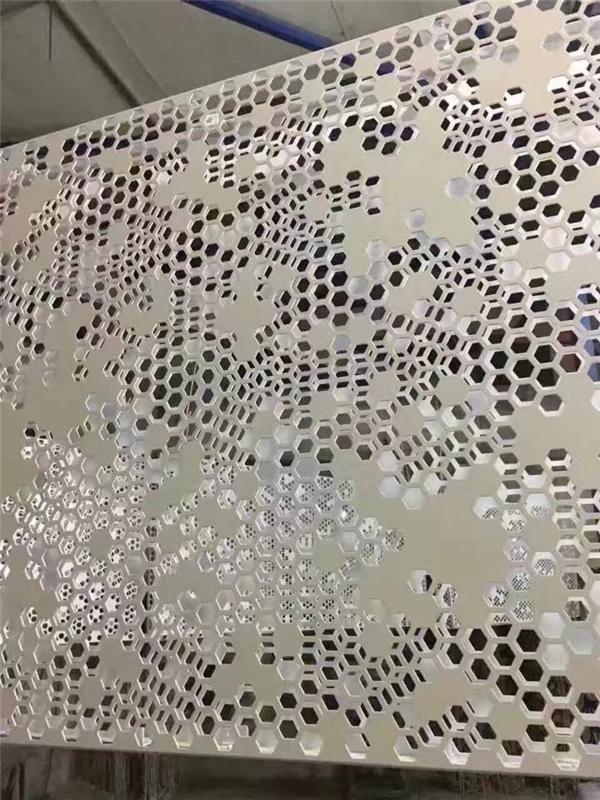
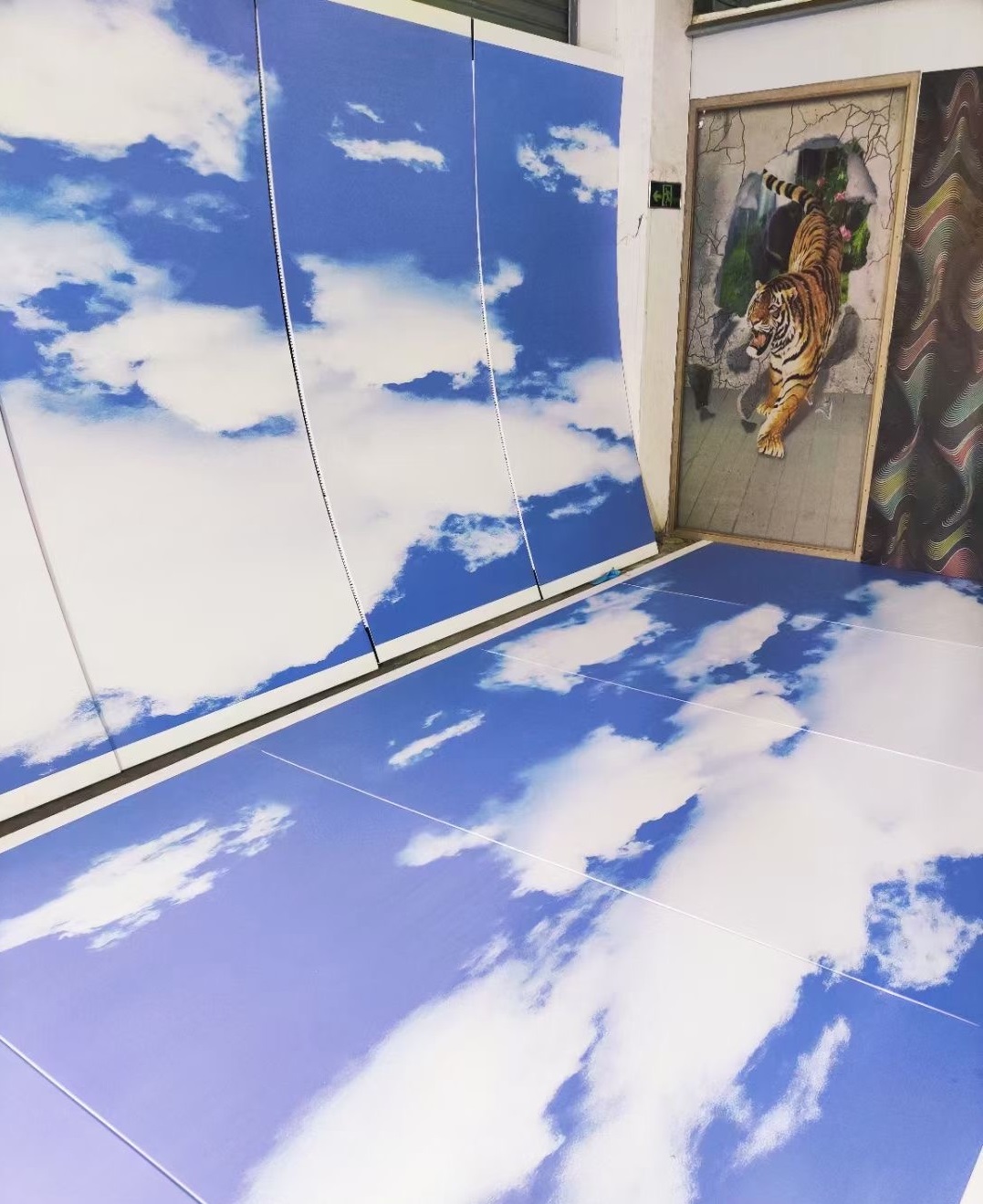
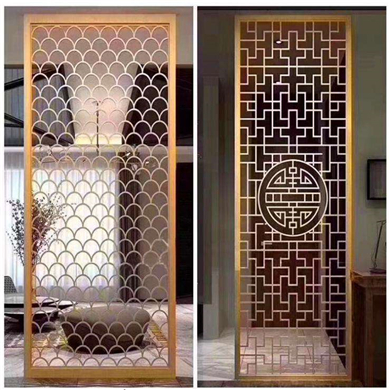
 Customer service QQ
Customer service QQ